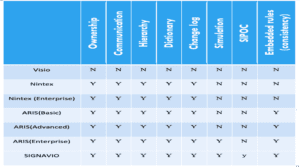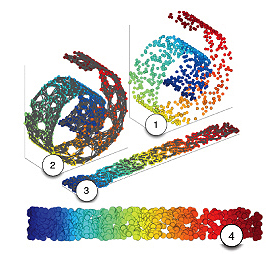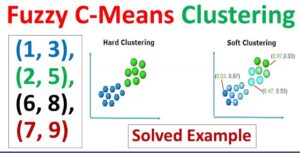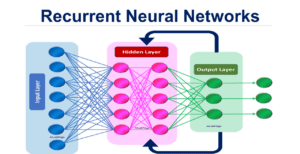When the Wrong Partner Lets You Down
Imagine hiring someone to help you build your dream home: they can’t read blueprints, measure straight, or even hold a hammer properly. That’s what it feels like when organisations rely on an ill-suited business process management (BPM) tool to re-engineer their workflows.
It’s 2023, and I’m at Investa (Click Here), reviewing yet another process map created in Visio. Visio sits there like a well-meaning team member—present but lacking the capabilities to truly contribute. The team looks concerned because their so-called “partner” isn’t helping them progress; instead, it’s causing avoidable delays.
This isn’t the first time I’ve seen this:
- At NBN in 2021, I worked with Signavio (Click Here), a tool that felt like an expert architect—always ready with precision and foresight.
- At Stockland in 2022, ARIS (Click Here) served as the dependable project lead, managing complexity and ensuring every detail was addressed.
- But at Investa in 2023, Visio (Click Here) felt like a tool with potential but lacked the polish needed to deliver results.

The Risks of Choosing the Wrong BPM Tool
Think about what kind of partner your organisation needs in its business process transformation journey:
- One who understands your goals.
- One who communicates clearly.
- One who adapts to your needs.
Your BPM tool should collaborate with your team, guide your processes, and enhance your operations. Unfortunately, with Visio, it’s like having a partner who disrupts progress instead of advancing it.
Why It Matters
If your process management tool doesn’t:
- Empower you to streamline workflows.
- Improve collaboration.
- Provide actionable insights.
Then it’s time to explore alternatives.
The Contrast:
- Some companies use tools that elevate their processes and create incredible efficiencies.
- Others, unfortunately, stick with outdated systems that limit growth.
The Choice Is Yours: Will you innovate and excel or struggle to keep up?
The Downside of Poor Process Tools
What You Want vs. What You Get
| What You Want | What You Get with Outdated Tools |
|---|---|
| Process Clarity | Ambiguity |
| Consistency | Inconsistency |
| Efficiency | Disorganisation |
Key Shortcomings
-
Process Ownership:
- Good tools: Provide accountability and align processes with goals.
- Outdated tools: Leave decision-making scattered and slow.
-
Consistent Modelling:
- Good tools: Deliver uniformity in process maps to avoid misunderstandings.
- Outdated tools: Increase confusion through inconsistency.
-
Change Log:
- Good tools: Ensure transparency by tracking changes.
- Outdated tools: Leave stakeholders guessing.
-
Hierarchy:
- Good tools: Simplify complexity with structured processes.
- Outdated tools: Struggle to manage complexity.
-
Communication:
- Good tools: Enable seamless collaboration.
- Outdated tools: Create silos and misalignment.
-
Simulation:
- Good tools: Predict outcomes for better planning.
- Outdated tools: Leave strategies based on guesswork.
-
SIPOC (Suppliers, Inputs, Process, Outputs, Customers):
- Good tools: Provide clear process overviews.
- Outdated tools: Can’t deliver essential insights.
Bottom Line
A tool that can’t meet these essentials is holding you back from reaching your potential.
Partner with the Right BPM Tool
Imagine This Instead:
- Your business process software is a capable partner—reliable, intuitive, and empowering.
- It prevents problems, exceeds expectations, and aligns perfectly with your goals.
The Right Tool Can:
- Collaborate with your team to ensure clarity and accountability.
- Guide processes to deliver measurable results.
- Enhance operations with seamless integration and insights.
Key Takeaway
The right BPM tool doesn’t just work for you—it works with you. Stop relying on tools that fail to keep up with your needs.








